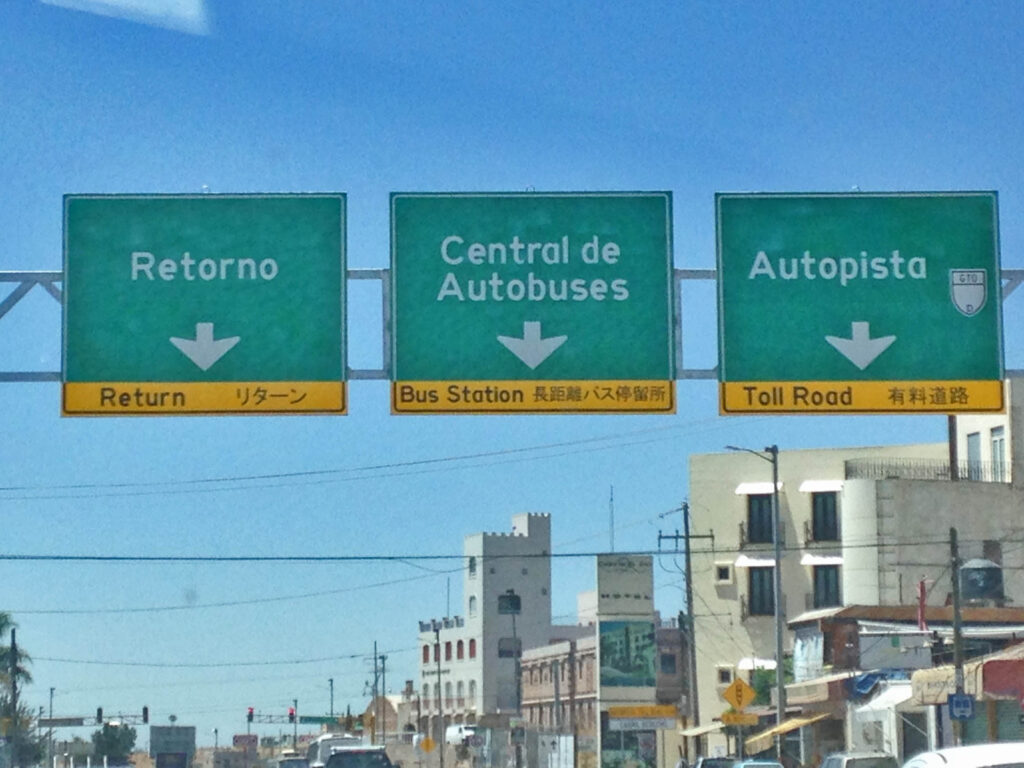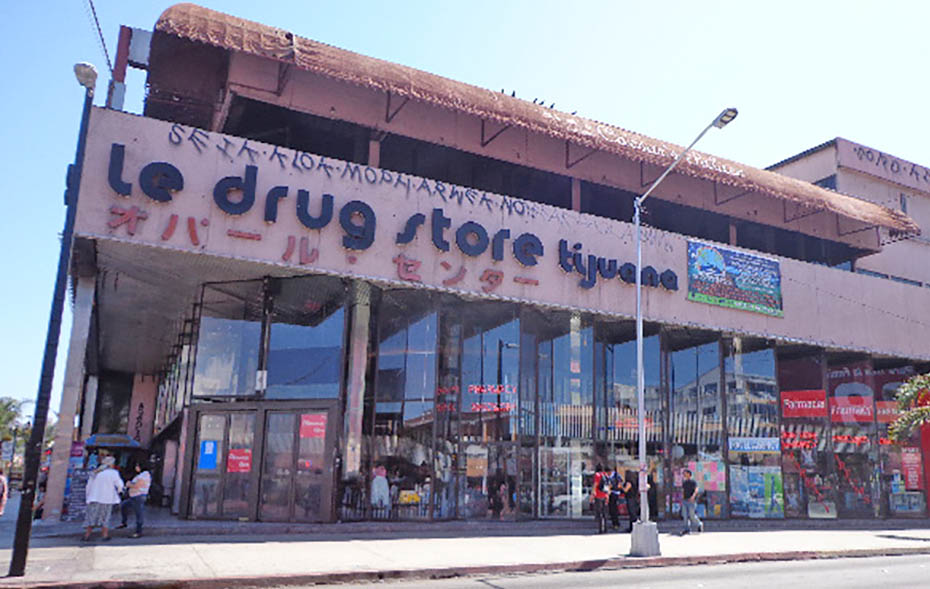And you thought you came here to learn Spanish…
On the way to the small but bustling city of Guanajuato, capital of the eponymous state – known for silver mines, this excellent restaurant, and narrow streets – I noticed that some road signs on the outskirts were written in three languages– Spanish, English, and Japanese.
マジですか (maji desu ka- really?)

What’s the reason for the trilingual(ish) signage? In fact, it’s all about the auto industry.
On January 1, 1994 NAFTA, the tripartite free-trade agreement involving Mexico, the United States, and Canada, came into effect. In short (i.e. for the purposes of this post), globalization swung Mexico’s lower-cost and less-regulated doors wide-open to manufacturing. (On July 1, 2020 NAFTA morphed into the USMCA, though many of NAFTA’s original provisions still ring true.)
GM opened its first plant in Guanajuato soon after NAFTA was introduced. Years later, other countries such as Germany and Japan followed, with VW, Mazda, and Toyota as the primary brands. This is in addition to the maquiladoras, foreign-run factories, often by the US-Mexico border, which typically produce goods for the company’s home base.
In 2005, Mexico and Japan signed an Economic Partnership Agreement, further strengthening the presence of Japanese manufacturers throughout Mexican states such as Puebla, Baja California, and indeed, Guanajuato.

Thus, with the increase in Japanese car firms in the state came the need for Japanese engineers, technicians, and executives, some with families. In 2016, a Japanese consulate opened in León, Guanajuato’s largest city, to serve the thousands of recent expats in Guanajuato and nearby states. Since 2009, more than 80 Japanese companies have been established in Guanajuato alone, hence the need for a consulate.

Leave a Reply